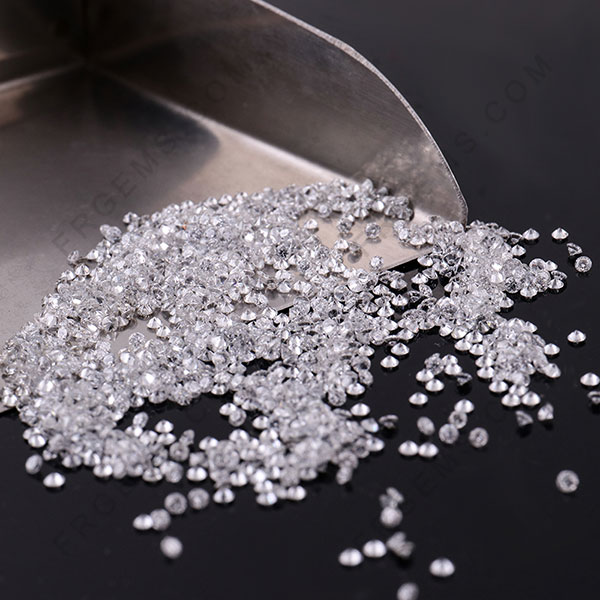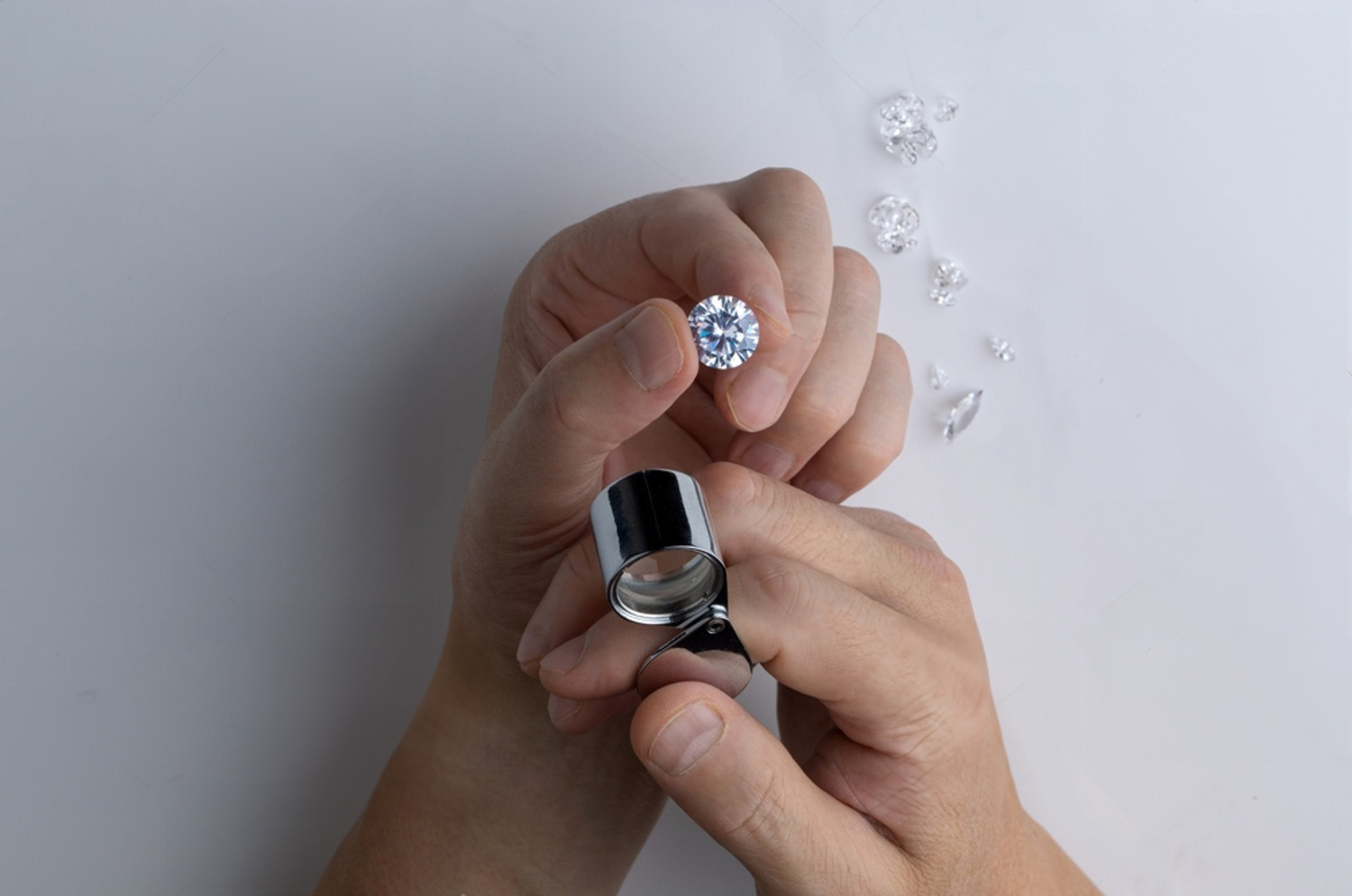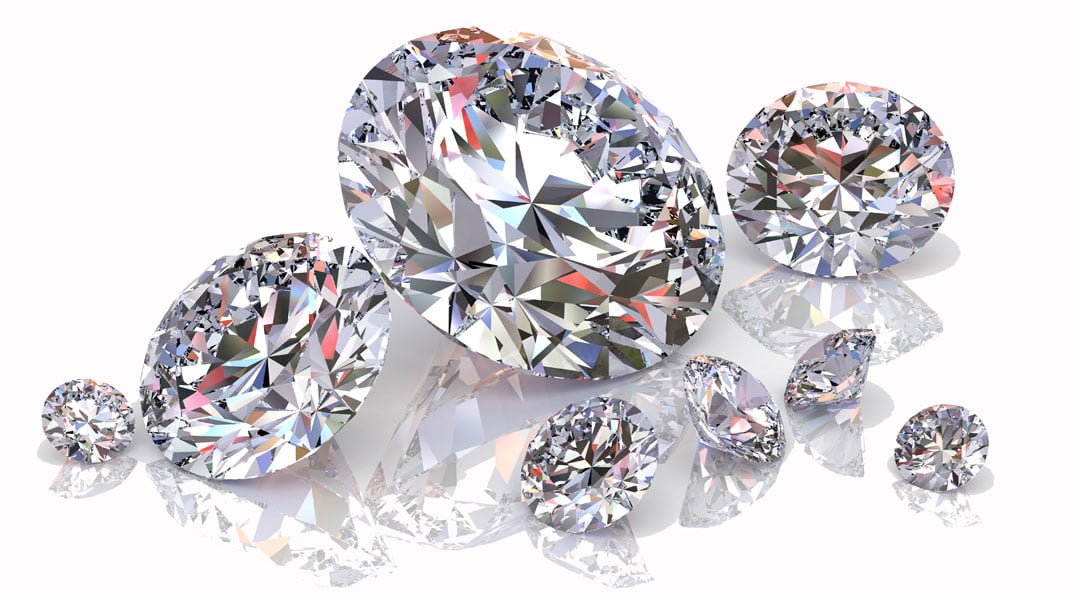Gemstones have an allure that transcends time and culture. Their brilliance, rarity, and enduring beauty make them prized possessions. However, discerning their quality and authenticity can be a daunting task for consumers. This is where gemstone certification plays a pivotal role, providing assurance and clarity in the murky waters of the gem trade. In this article, we delve into the realm of gemstone certification, comparing two prominent players: GIA (Gemological Institute of America) and IGI (International Gemological Institute).
Table of Contents
Introduction to GIA vs IGI
What are GIA vs IGI
GIA vs IGI are renowned gemological laboratories tasked with the responsibility of evaluating and certifying gemstones. They employ rigorous testing procedures and internationally recognized standards to assess the quality and authenticity of gemstones, offering consumers peace of mind and confidence in their purchases.
Importance of Gemstone Certification
Gemstone certification serves as a roadmap for consumers navigating the labyrinth of the gem market. By providing detailed information about a gemstone’s characteristics, such as cut, clarity, color, and carat weight, certification empowers buyers to make informed decisions and ensures transparency and trust in transactions.
History and Background
Origins of GIA
The story of GIA dates back to the 1930s when Robert M. Shipley, a visionary jeweler, founded the institute with the mission of standardizing gemstone grading practices and educating professionals in the field. Since then, GIA has emerged as a global authority in gemology, setting the benchmark for excellence in gemstone certification.
Origins of IGI
IGI traces its roots to Antwerp, Belgium, the epicenter of the diamond trade. Established in 1975, IGI quickly gained recognition for its comprehensive approach to gemstone certification and its commitment to innovation and integrity.
Certification Process
GIA Certification Process
GIA employs a meticulous grading process that involves expert gemologists meticulously assessing each gemstone based on the renowned “4 Cs” – cut, clarity, color, and carat weight. The institute’s state-of-the-art laboratories utilize advanced equipment and techniques to ensure accuracy and reliability in their assessments.
IGI Certification Process
Similarly, IGI follows a rigorous certification process, utilizing sophisticated instrumentation and a team of experienced gemologists to evaluate gemstones. In addition to the “4 Cs,” IGI also provides detailed information on symmetry, polish, fluorescence, and other pertinent factors, offering a comprehensive evaluation of each gemstone.
Accuracy and Consistency
Comparison of Grading Standards
While both GIA vs IGI adhere to strict grading standards, subtle differences may exist in their approach to evaluating gemstones. These variations can influence the final grade assigned to a gemstone and may impact its perceived value in the market.
Industry Reputation
GIA enjoys unparalleled credibility and trust within the gemological community, thanks to its long-standing reputation for excellence and impartiality. Its grading reports are widely regarded as the gold standard in the industry, commanding premium prices and instilling confidence in consumers.
Cost Comparison
Differences in Pricing
Due to its esteemed reputation and stringent grading criteria, GIA certification often commands higher prices compared to IGI certification. However, the perceived value and peace of mind afforded by GIA certification may outweigh the additional cost for discerning buyers.
Value for Money
On the other hand, IGI certification offers a cost-effective alternative without compromising on quality or integrity. While not as prestigious as GIA certification, IGI reports are recognized and respected worldwide, making them a popular choice for budget-conscious consumers.
Popularity and Recognition
Market Preferences
The preference for GIA vs IGI certification varies depending on geographical location, cultural factors, and individual preferences. While GIA holds sway in certain markets, IGI has carved out its niche in others, reflecting the diverse needs and priorities of consumers worldwide.
Global Acceptance
Both GIA vs IGI certifications enjoy global recognition, providing assurance to buyers regardless of their location. Whether purchasing gemstones online or from brick-and-mortar retailers, lab diamonds, consumers can rely on the authenticity and accuracy of GIA vs IGI certifications.
Pros and Cons of GIA Certification
Advantages
- Unrivaled reputation for accuracy and consistency
- High resale value and market demand
- Comprehensive grading reports with detailed information
Limitations
- Premium pricing compared to other certification bodies
- Limited availability of GIA-certified gemstones in certain markets
Pros and Cons of IGI Certification
Advantages
- Cost-effective alternative to GIA certification
- Widely recognized and accepted globally
- Detailed grading reports with comprehensive information
Limitations
- Perception of lower prestige compared to GIA certification
- Potential variability in grading standards across locations
Choosing the Right Certification
Factors to Consider
When choosing between GIA vs IGI certification, consumers should consider factors such as budget, intended use of the gemstone, personal preferences, and the specific requirements of their purchase. Conducting thorough research and consulting with reputable jewelers can help guide the decision-making process.
Personal Preferences
Ultimately, the choice between GIA vs IGI certification boils down to individual priorities and preferences. While GIA certification may offer unparalleled prestige and peace of mind, IGI certification provides a practical and cost-effective solution for those seeking quality assurance without breaking the bank.



